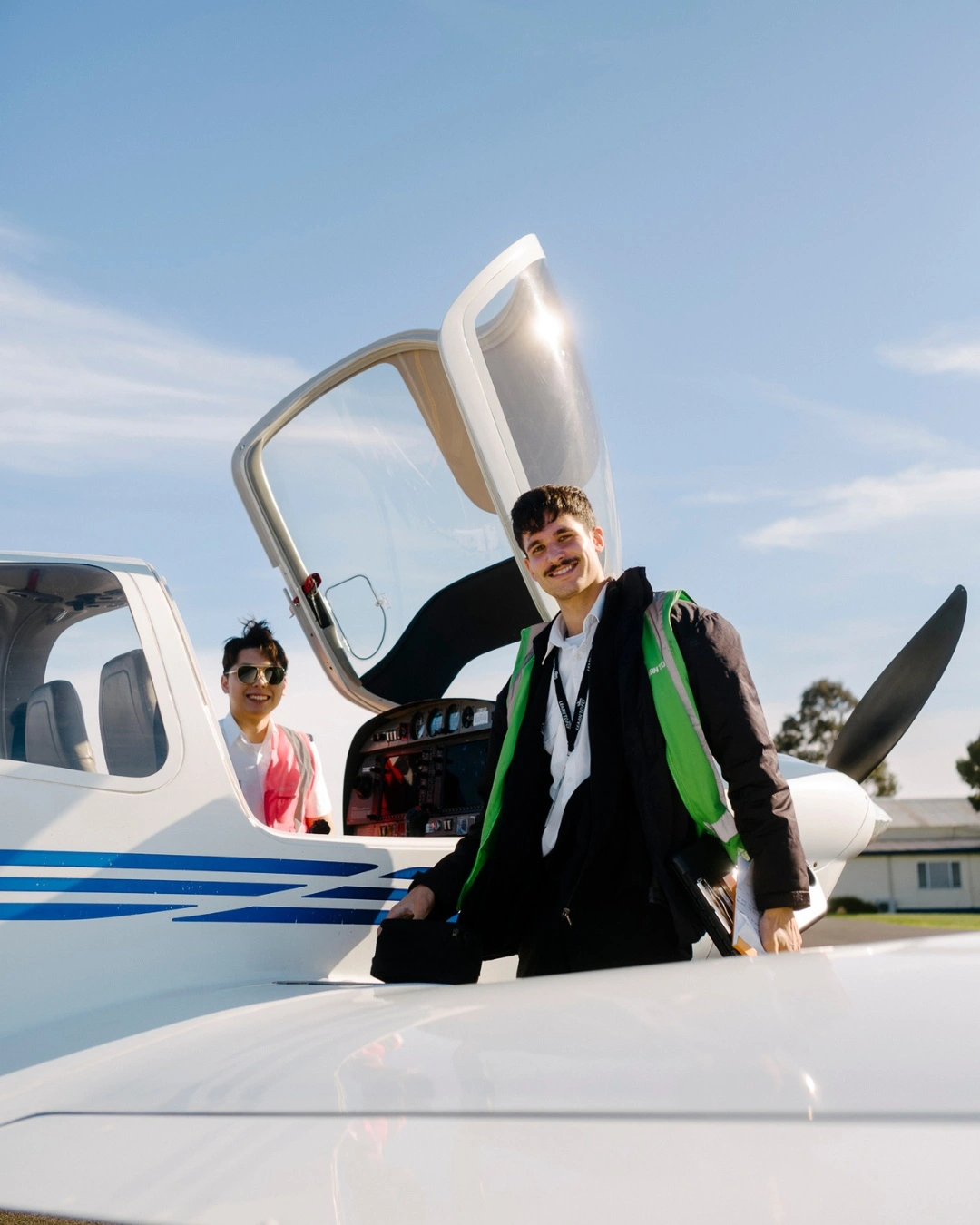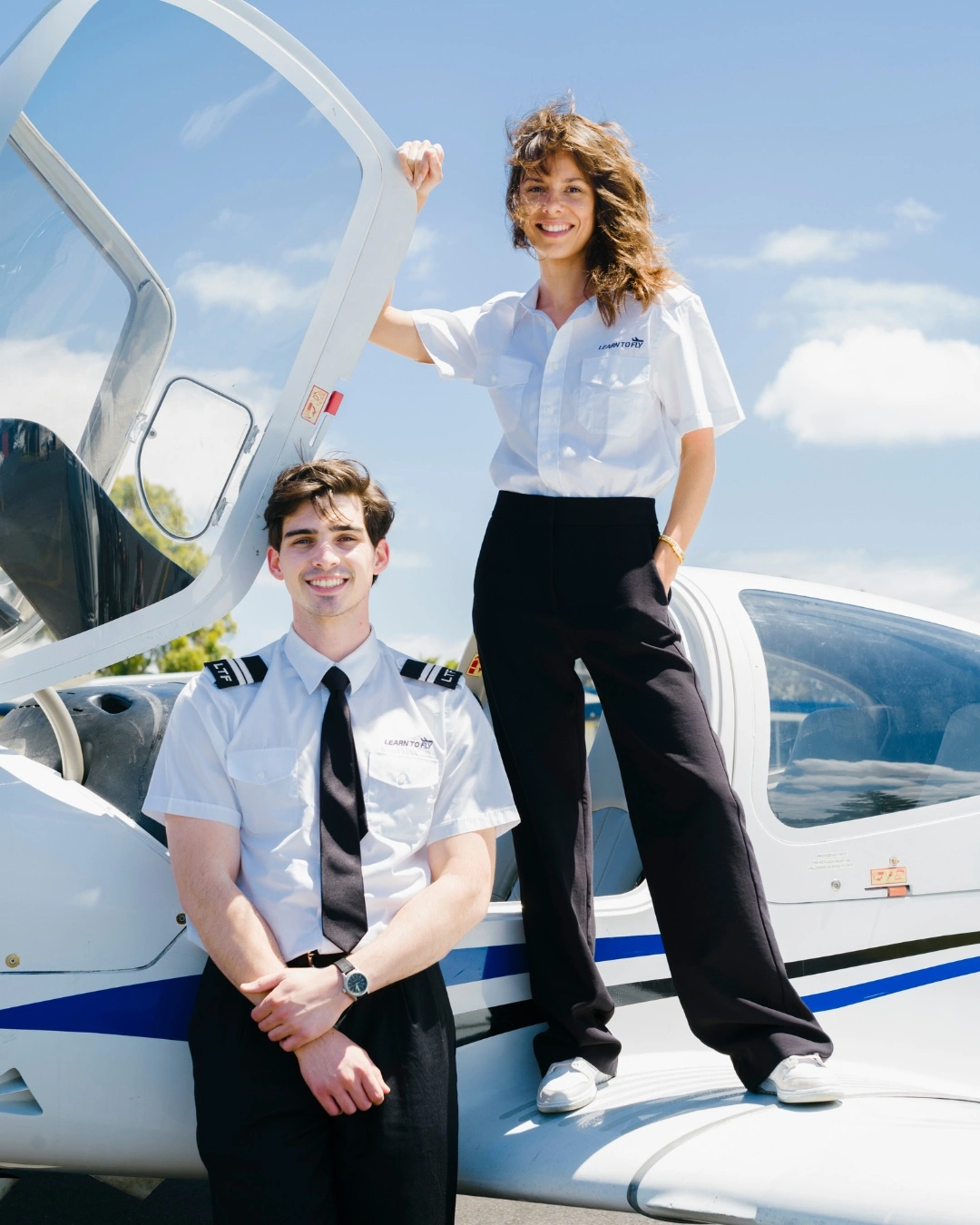Obtaining a Recreational Pilot Licence (RPL) is an exciting journey for aspiring pilots, offering the chance to experience the thrill of flight and gain the foundational skills necessary for more advanced aviation pursuits.
The time it takes to obtain an RPL can vary significantly depending on several factors, including the frequency of lessons, weather conditions, individual progress, and the specific requirements of the flight school.
Understanding the Recreational Pilot Licence (RPL)
The RPL is an entry-level pilot licence that allows individuals to fly light, single-engine aircraft within a specified range of their departure aerodrome, typically under visual flight rules (VFR). The RPL is ideal for those who wish to fly for leisure without the full commitment required for a Private Pilot Licence (PPL) or Commercial Pilot Licence (CPL).
In Australia, obtaining an RPL provides a strong foundation for further training. But how long does it actually take to earn this licence? The answer depends on various factors that influence the pace and progress of the training.
Factors influencing training duration
1. Frequency of lessons
The frequency of flight lessons is one of the most significant factors determining how quickly a student can obtain an RPL. Students who can commit to regular lessons, such as multiple times a week, often progress faster than those who take lessons sporadically. Frequent practice helps reinforce learning, allows for quicker skill development, and reduces the need for review sessions.
However, the frequency of lessons is often dictated by personal schedules, work commitments, and financial considerations. Some students may only be able to fly on weekends or during holidays, which can extend the overall duration of training. Conversely, students who can fly more regularly, such as those enrolled in intensive courses or full-time programs, may complete their RPL training more quickly.
2. Weather conditions
Weather can affect flight training, particularly for students working towards an RPL, as they are typically limited to flying under visual flight rules (VFR). Ideal weather conditions are necessary for safe and effective training, meaning that poor weather—such as low visibility, strong winds, or storms—can result in lesson cancellations or delays.
In regions where weather is more unpredictable or prone to sudden changes, students may experience more interruptions in their training schedule, leading to a longer time frame to complete their RPL. On the other hand, students training in areas with more consistent and favourable weather patterns may progress faster, as they encounter fewer weather-related disruptions.
3. Student progress and learning curve
Every student learns at their own pace, and individual progress can greatly influence the duration of RPL training. Some students may naturally grasp the concepts of flying and demonstrate the required skills more quickly, while others may need additional time and practice to reach proficiency.
For example, mastering key manoeuvres, such as take-offs, landings, and emergency procedures, is essential for passing the required flight tests. Students who require more time to build confidence in these areas may take longer to complete their training. Flight instructors will tailor their teaching methods to suit each student’s learning style, which can also impact the overall duration.
Additionally, some students may choose to supplement their flight lessons with ground study, further enhancing their understanding of aviation theory. A strong grasp of aviation knowledge can accelerate progress in practical training.
4. Availability of instructors and aircraft
The availability of qualified flight instructors and training aircraft is another important factor. In busy flight schools, particularly those with a high number of students, there may be limited availability of instructors or aircraft, leading to potential delays in scheduling lessons.
Students training at smaller schools or those with more flexible scheduling options may find it easier to book lessons at their convenience, potentially shortening the time required to obtain their RPL. It’s important to choose a flight school that aligns with your availability and learning preferences.
Typical time frame for obtaining an RPL
Given the various factors discussed, the time it takes to obtain an RPL can range from a few months to over a year. On average, students who train consistently and under favourable conditions can expect to complete their RPL within 3 to 6 months.
CASA regulations require that each student complete a minimum of 25 hours of flight training, 20 hours dual and 5 hours as pilot-in-command. Upon completion of training and passing the theory exams, students will proceed to a flight test with a CASA-approved Testing Officer to earn their Recreational Pilot Licence (RPL).
However, those who face more challenges, such as irregular lesson schedules or frequent weather disruptions, may take longer.
It’s important to remember that the duration of training is less important than the quality of the education received. Rushing through training to meet a specific time frame can lead to gaps in knowledge and skills, which could impact safety and confidence as a pilot. Students should focus on mastering the required competencies at their own pace, ensuring they are fully prepared for the responsibilities of flying.
For those wondering how to become a pilot in Australia, understanding these factors is key to planning an effective and enjoyable training experience. While the time it takes to earn an RPL can vary, the focus should always be on achieving the necessary skills and knowledge to become a safe and confident pilot. By choosing the right flight school, staying motivated, and committing to consistent practice, aspiring pilots can successfully navigate the path to their RPL and beyond.


















